Present Continuous Tense DefinitionVerbs are used to describe both states and actions. We accomplish this by utilizing several verb tenses that show when actions take place or states exist. Today, we will focus on the present continuous tense, a verb tense that describes an event that occurs in the present while continuing to be fun in the future. 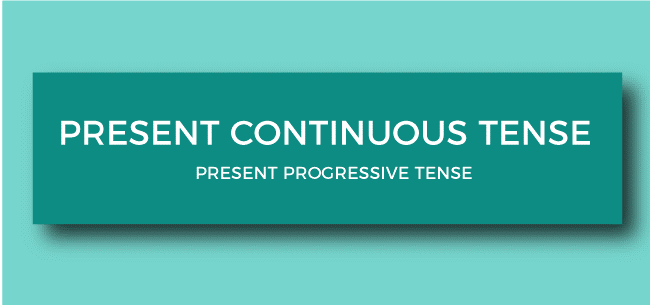
Present Continuous Tense DefinitionThe present continuous, also known as the present progressive, is a verb tense used to indicate that an action is still in progress and is therefore happening currently, either in the immediate present or in a more general sense. The present continuous may also demonstrate that action will continue quickly. For example, the phrase I'm cleaning my bike shows that I'm currently washing my bike and will do so for a while. The present continuous tense describes events and conditions that occur in the present time but are continuous, i.e., they are still ongoing and haven't finished yet. Present Continuous Tense StructureThere is only one method to understand the present continuous tense, and that method is as follows:
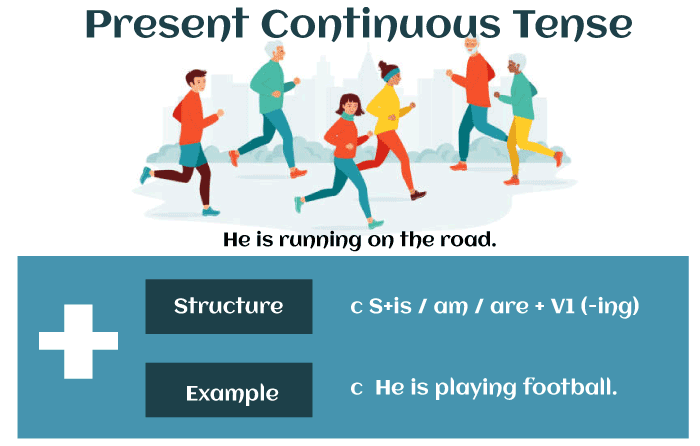
There are other things, though, that require your attention. You should also become familiar with the structures of the positive, negative, interrogative, and negative interrogative statements in order to use the present continuous tense form of the verb effectively.
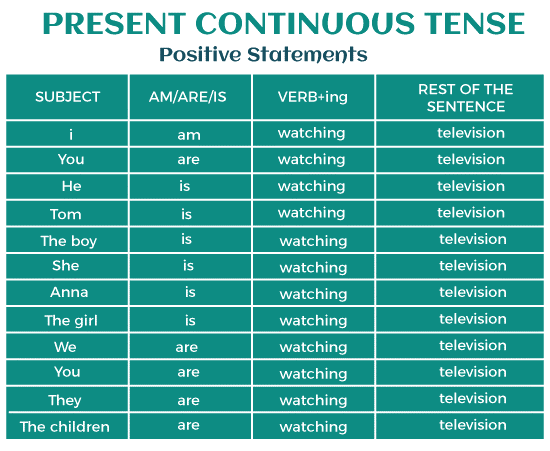
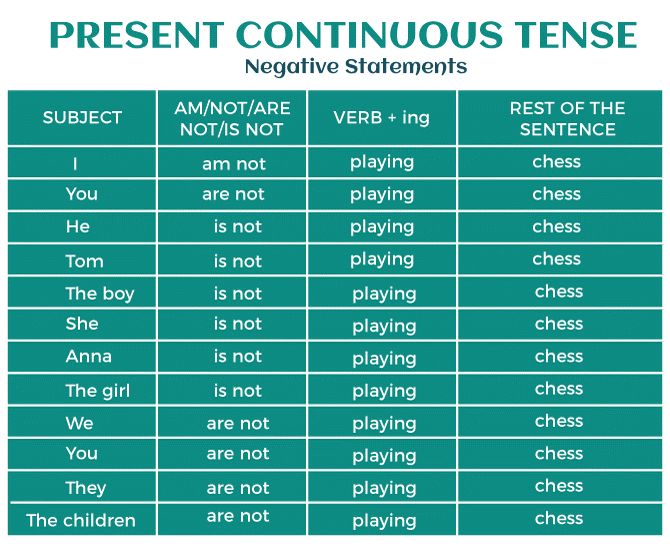
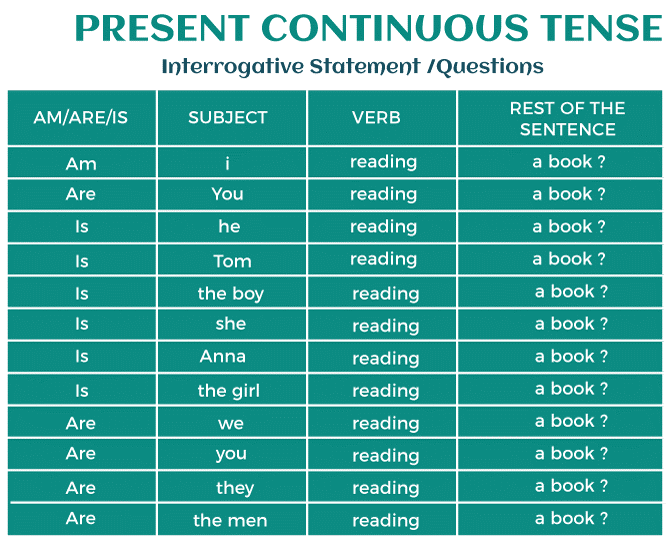
When to Use Present Continuous Tense?The present continuous tense is commonly used for discussions of temporary events or actions. To put it another way, we use the present continuous tense to indicate an action or condition occurring now and continuing until an undefined future period. Here are 2 examples of phrases that use the present continuous tense in this manner:
Both statements refer to temporary behaviors that will end when Mohan or that hungry dog performs something else. The present continuous tense denotes such a continuous action or situation. 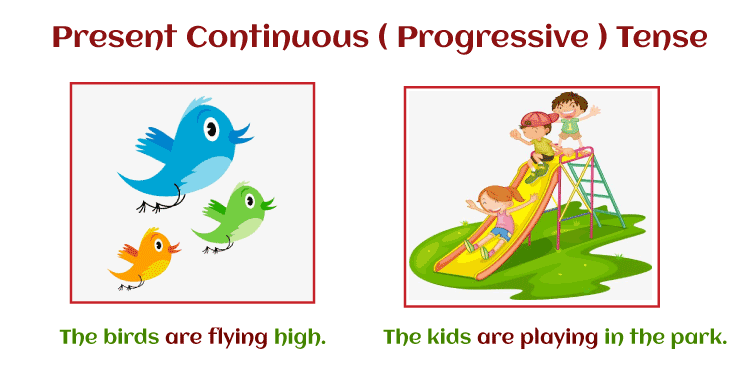
We also commonly use the present continuous tense when referring to future events, particularly those planned, because English grammar makes things challenging. When doing so, we often utilize adverbs of time to indicate that the present continuous tense is being used about a future occurrence rather than an event already in progress.
A key component must be remembered while using the present continuous tense. Normally, stative verbs are not used in the present continuous tense. Stative verbs typically express states of existence instead of actions, so it is frequently unnecessary to refer to them as "in progress." The following two sentences indicate incorrect use of the present continuous tense with stative verbs. You'll undoubtedly notice how strange these sentences sound.
We would instead use the simple present tense:
Use of Present Continuous TenseThe present progressive is used.
Points to Remember When Using the Present Continuous Tense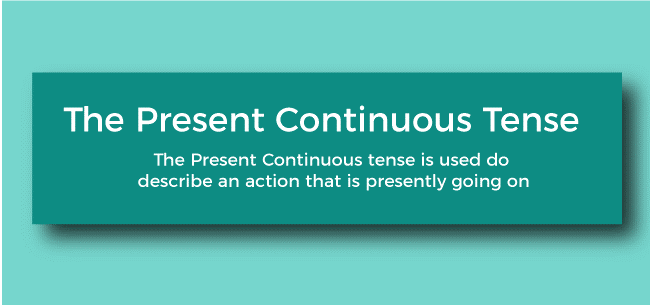
Sticking to the proper sentence structure while using the present continuous tense. In positive or negative sentences, the subject should always come first; in interrogative sentences, the helping verb should come first. The present continuous tense of a sentence comprises a main verb and a helping verb (verbs in the 'to be' form). The pronoun "I" can be followed by the helping verb "am," "is," or "our," depending on whether the subject is singular or plural. Like the other pronouns, the pronoun "am" cannot be used in the negative form of the interrogative phrase. Instead of "amn't," "aren't" is used. For example:
The present continuous tense cannot be used with stative verbs. Present Continuous Tense Tips
Examples of Present Continuous Tense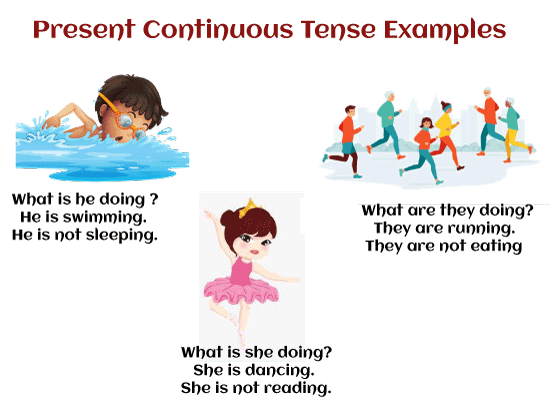
Next TopicProbiotics Definition
|
 For Videos Join Our Youtube Channel: Join Now
For Videos Join Our Youtube Channel: Join Now
Feedback
- Send your Feedback to [email protected]
Help Others, Please Share










